Epigenomes and intervals
Nathan Sheffield, PhD

Mission statement
We develop and apply computational methodsto organize, analyze, and understand large epigenomic data.


Full-stack bioinformatics


Biological motivation

Cells alter phenotype by using DNA differently.

Breakdowns lead to disease
What is epigenetics?
There has always been a place in biology for words that have different meanings for different people. Epigenetics is an extreme case, because it has several meanings with independent roots. (Bird 2007)
The meaning of the term "epigenetics" has itself undergone an evolution. (Felsenfeld 2014)
the causal study of embryological development (Waddington 1957, The strategy of the genes)
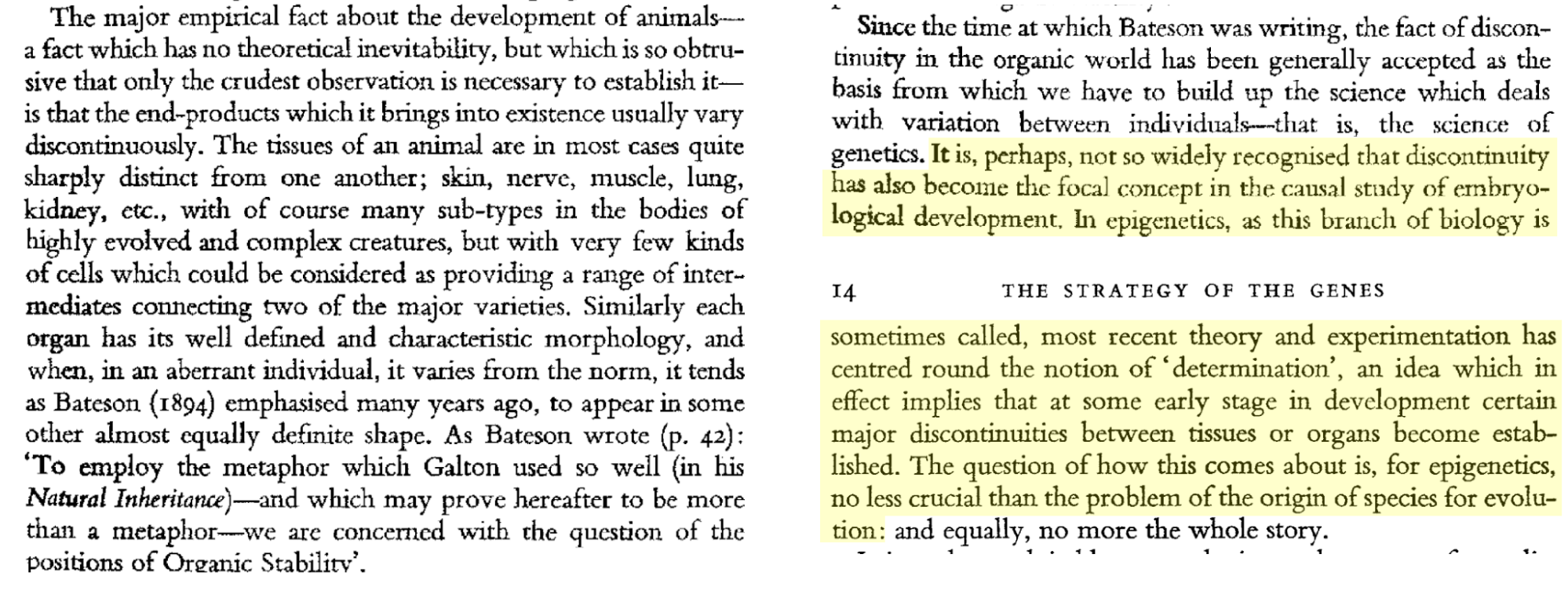
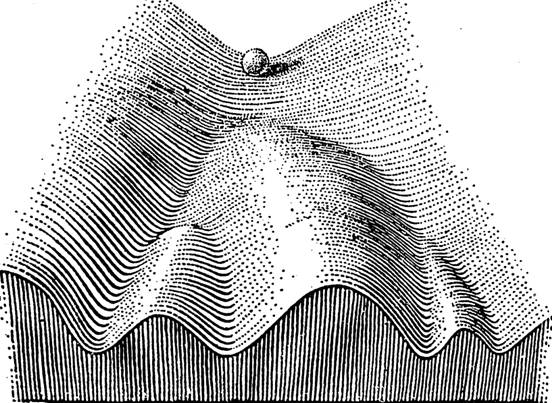
The study of mitotically and/or meiotically heritable changes in gene function that cannot be explained by changes in DNA sequence
(Riggs et al. 1996)
(Riggs et al. 1996)

a change in the state of expression of a gene that does not involve a mutation, but that is nevertheless inherited in the absence of the signal (or event) that initiated the change. (Ptashne and Gant 2002)

the structural adaptation of chromosomal regions so as to register, signal or perpetuate altered activity states. (Bird 2007)

What is epigenetics?
the causal study of embryological development (Waddington 1957, The strategy of the genes)
The study of mitotically and/or meiotically heritable changes in gene function that cannot be explained by changes in DNA sequence
(Riggs et al. 1996)
(Riggs et al. 1996)
a change in the state of expression of a gene that does not involve a mutation, but that is nevertheless inherited in the absence of the signal (or event) that initiated the change. (Ptashne and Gant 2002)
the structural adaptation of chromosomal regions so as to register, signal or perpetuate altered activity states. (Bird 2007)
What is epigenetics?
Epigenetics refers to changes in gene regulation brought about through modifications to the DNA's packaging proteins or the DNA molecules themselves without changing the underlying sequence.
(Lord and Cruchaga 2014, Nature Neuroscience)
(Lord and Cruchaga 2014, Nature Neuroscience)
the study of the mechanisms that allow cells to translate the nearly constant genome content of a multicellular organism into multiple functional and stable cellular conditions (Schwartzman and Tanay 2015)
Epigenetic processes are a means by which endogenous and exogenous cues exert long-term control over gene expression (Nugent et al. 2015)
What is epigenetics?
The pop definition:
The word literally means "on top of genetics," and it's the study of how individual genes can be activated or deactivated by life experiences. (The Week, 2013)




What is epigenomics?
epigenomics is the study of the physical modifications, associations and conformations of genomic DNA sequences (Schwartzman and Tanay 2015)
epigenomics is the study of the chemical modification and physical conformation of cellular DNA and bound proteins (Sheffield 2017)
The word "epigenome" lacks the baggage of heritability.
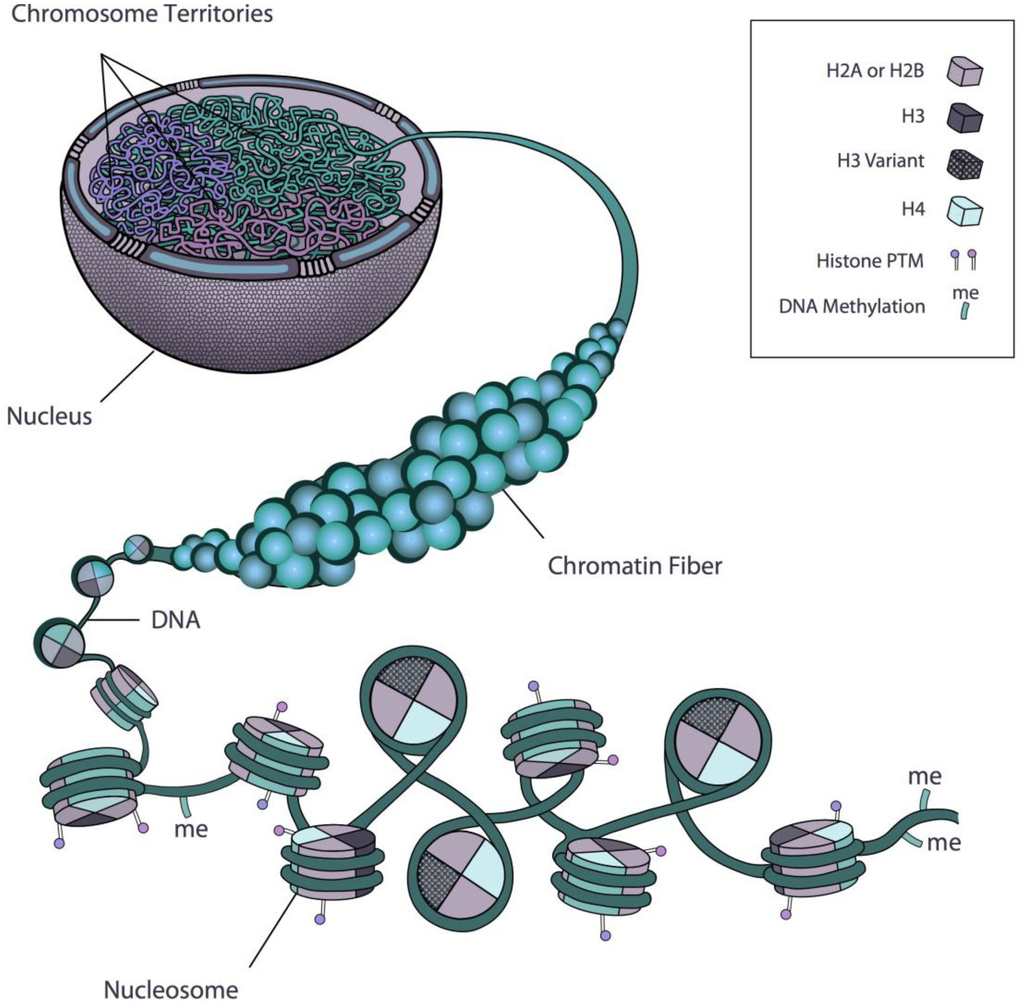
Rosa et al. 2013
Histone variants

https://en.wikipedia.org/wiki/Histone_octamer
Histone modification (PTM)

https://en.wikipedia.org/wiki/Histone
DNA Methylation

Chromatin conformation
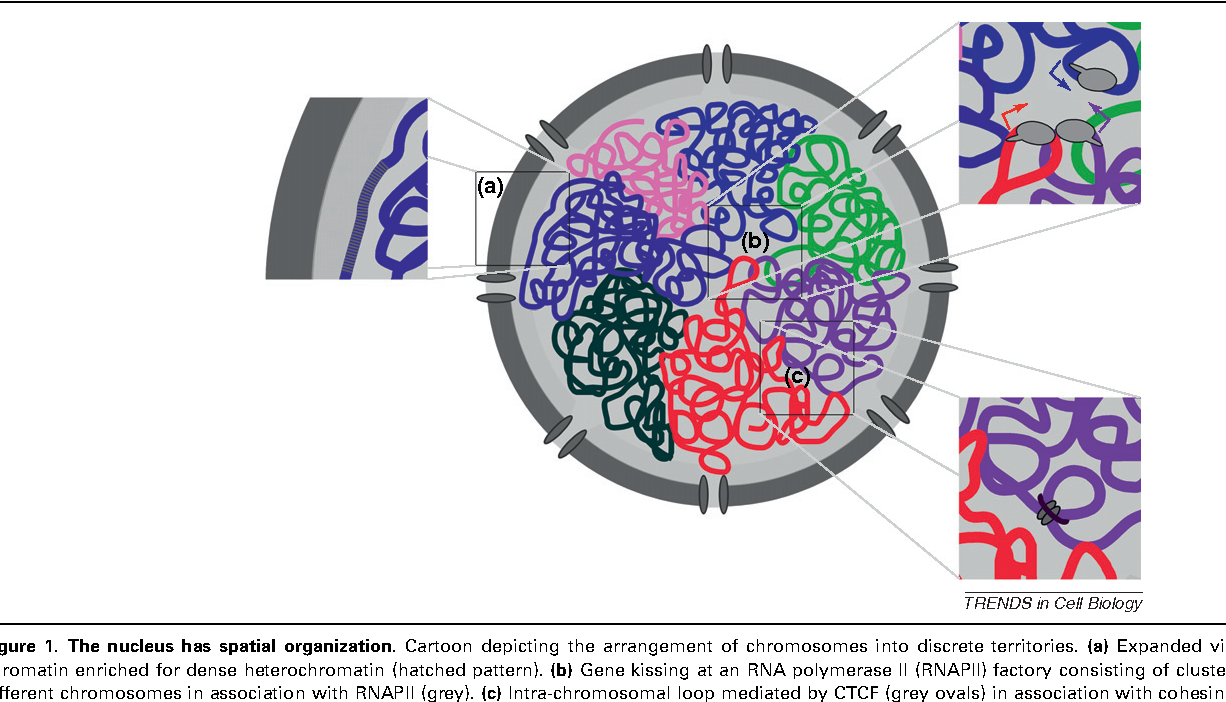


Locus Overlap Analysis












Augmented Interval List (AIList)
A novel data structure for efficiently computing overlapsacross genomic interval data.

Jianglin Feng
If subject list has no containment,
identifying overlaps is fast

binary search on start intervals, followed by backward steps:


The problem arises with contained interval overlaps


How can we improve efficiency
without guaranteeing no containment?
Many approaches to solve the 'containment' issue:
- Nested Containment Lists (GRanges) [@Alekseyenko2007; @Aboyoun2012] - R-trees (bedtools) [@Kent2002; @Quinlan2010], Augmented interval trees [@Cormen2001] These methods try to structure the data to provide non-containment guaranteesMethods provide non-containment guarantees
R-trees
Annotates tree nodes with a minimum bounding rectangle of elements. A query that does not intersect the bounding rectangle will not intersect any child element.Nested Containment Lists
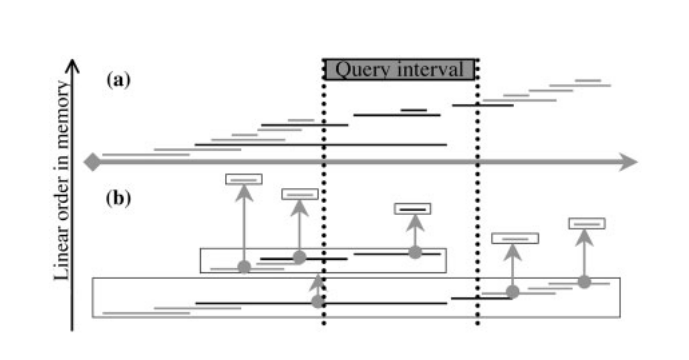
Augmented Interval List
1. Augment the list with the running maximum *end* value. *solves the problem for lowly-contained lists* 2. Decompose the list to minimize containment. *extends the solution to highly-contained lists*Augment with the running maximum end value, `maxE`
Provides a local guarantee of no containment.
AIList works on contained lists


But long containment runs are problematic


Decompose long runs with constant `maxE`

Performance
- How does the `maxE` minimum run length affect performance?
- How does it compare to existing approaches?
- How does it scale with increasing size of subject?
Datasets

How does the `maxE` minimum run length affect performance?

How does it compare to existing approaches?

How does it scale with increasing size of subject?

Conclusion
- Augmented Interval Lists add the maximum running end value to a list of intervals
- The data structure is simpler than other methods
- AILists improve performance, particularly in highly contained interval sets
Region-set 2 Vec
Embeddings of genomic region setsin lower dimensions.

Erfaneh Gharavi
Word embeddings
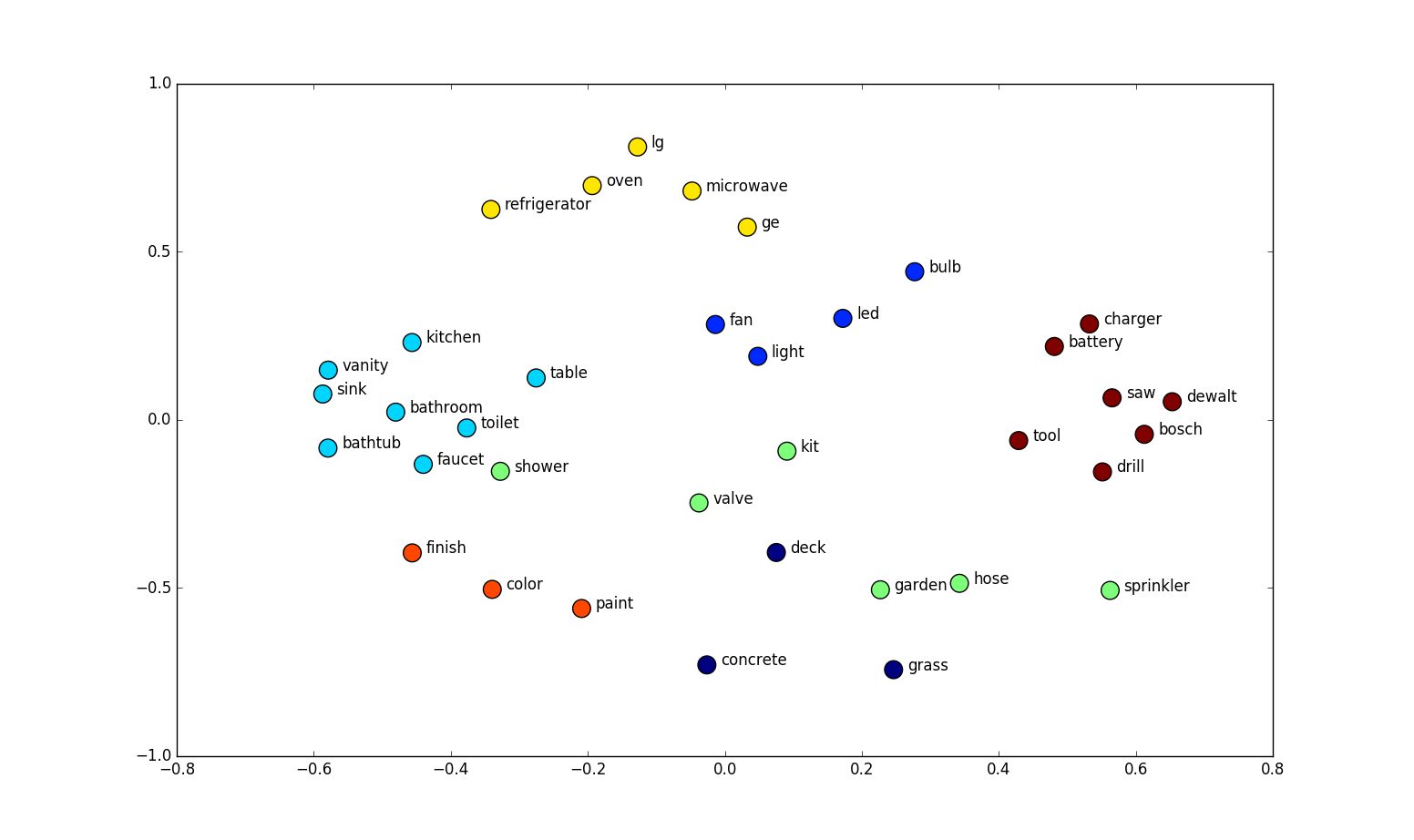
http://suriyadeepan.github.io
Word2vec model
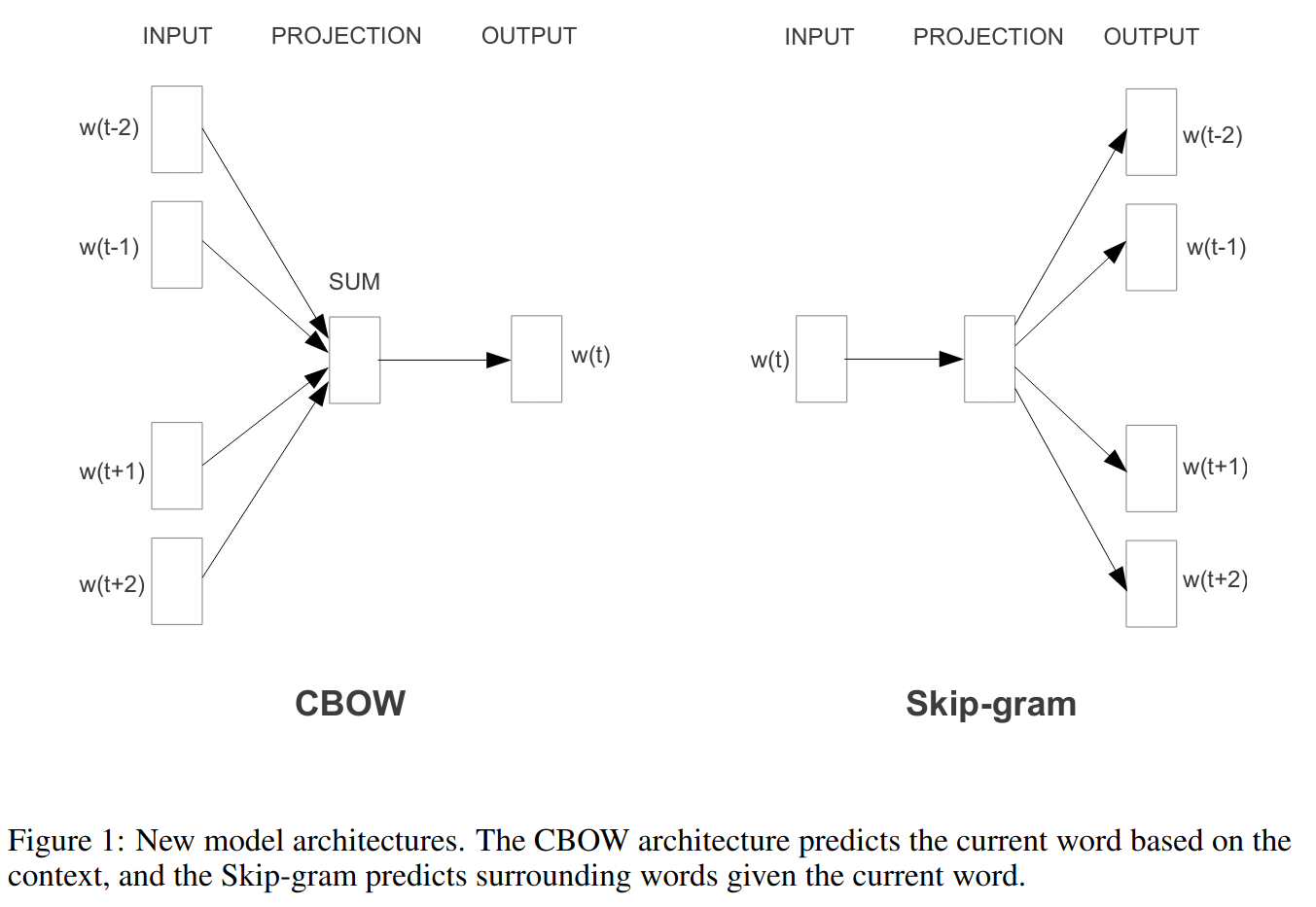
Word context

You shall know a word by the company it keeps. (Firth 1957)
Words that occur in similar contexts tend to have similar meanings.
Words that occur in similar contexts tend to have similar meanings.
Image credit: Shubham Agarwal
Genomic context
A genomic interval is more likely to appear in a BED file with other genomic intervals of a similar function.

Genomic Interval Embeddings

Evaluation
We have created unsupervised 100-dimensional vector representations (embeddings) of region sets.Do relationships among vectors reflect biology?

Evaluation 1: Classification performance

Evaluation 1: Classification performance

Evaluation 1: Classification performance


Conclusion
- Regionset2vec adapts word2vec to learn genomic region embeddings
- Regionset2vec embeddings capture biological information
- NLP approaches can be adapted for applications in genomic interval analysis
Thank You
Collaborators
Vince Reuter
Andre Rendeiro
Levi Waldron
Alumni
Aaron Gu
Jianglin Feng
Ognen Duzlevski
Tessa Danehy
Vince Reuter
Andre Rendeiro
Levi Waldron
Alumni
Aaron Gu
Jianglin Feng
Ognen Duzlevski
Tessa Danehy
Sheffield lab
Erfaneh Gharavi
Michal Stolarczyk
John Lawson
Jason Smith
Kristyna Kupkova
John Stubbs
Bingjie Xue
Jose Verdezoto
Nathan LeRoy
Oleksandr Khoroshevskyi
Erfaneh Gharavi
Michal Stolarczyk
John Lawson
Jason Smith
Kristyna Kupkova
John Stubbs
Bingjie Xue
Jose Verdezoto
Nathan LeRoy
Oleksandr Khoroshevskyi
Funding:



NIGMS R35-GM128636

NIGMS R35-GM128636
